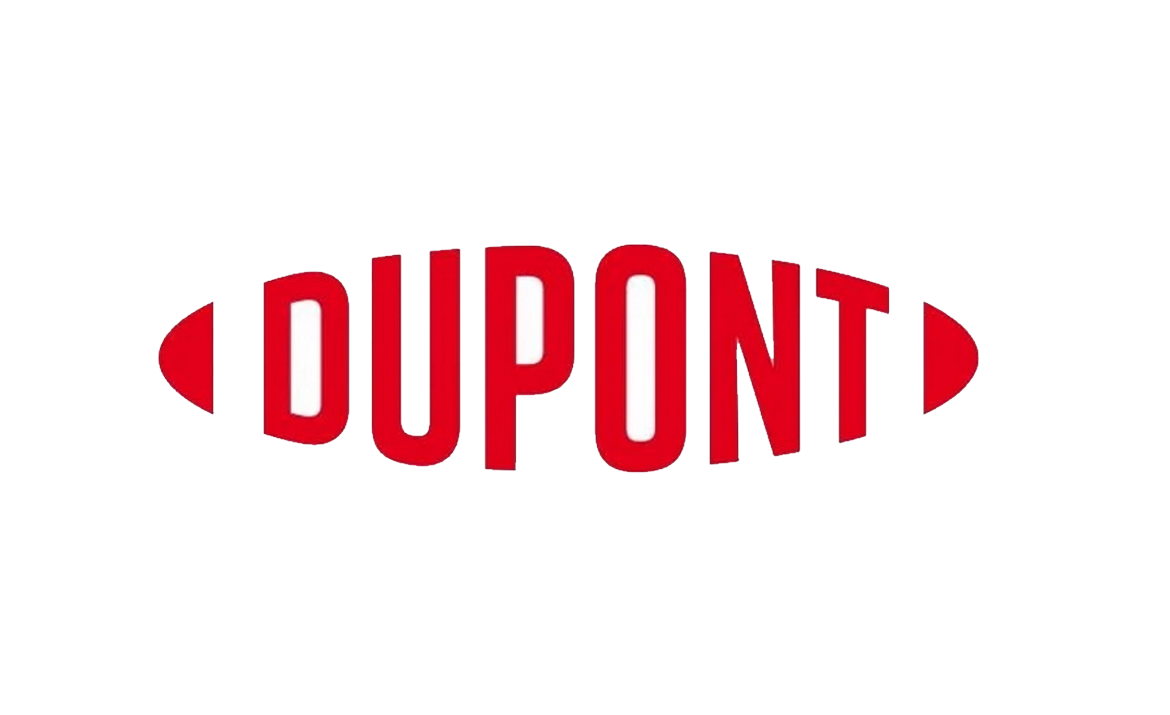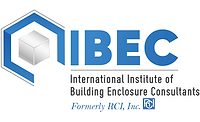DuPont Demonstrates Transparency Throughout Rollout of Low-GWP Insulation Materials in North America

WILMINGTON, Del. — With the release of the latest landmark climate report by the United Nations' Intergovernmental Panel on Climate Change (IPCC), DuPont announced it is even more urgent that architects, policymakers and industry work together to limit the impact of global warming, and reduce embodied carbon.
Affirming its commitment to transparency, DuPont Performance Building Solutions has published an Environmental Product Declaration (EPD) for its newest Styrofoam™ Brand ST-100 Series extruded polystyrene insulation (XPS). This latest EPD continues the company's practice of publishing third-party-verified EPDs for Styrofoam™ Brand products sold in North America, including its reduced and low global warming potential (GWP) products introduced in 2021 to help architects and builders navigate the path to AIA2030 and address the climate crisis.
"Our industry lingo is awash in a veritable alphabet soup of acronyms — from GWP, GHG and HFC to LCA, PCR and EPD, plus dozens more," said Shawn Hunter, global sustainability director, DuPont Performance Building Solutions. "Part of my job is to advance understanding of what each of these terms means to our customers and the general public — but also why they are important, how they are connected and what DuPont is doing to address climate change through our 2030 Acting on Climate goal."
Easy-to-use tables with embodied carbon comparisons and links to respective EPDs may be found at BeyondBlue.DuPont.com, a dedicated website designed to provide clear and current information to the building community as new products become available across the United States and Canada. DuPont launched the site in 2020 ahead of the planned phased introduction of reduced-embodied carbon insulation products across its Styrofoam™ Brand XPS portfolio.
Hunter uses the example of life cycle assessment (LCA), which is a practice that seeks to account for the "full environmental impact" of a product by accounting for the potential impact from every phase of a product's manufacture and use, including the extraction of raw materials to make the product, the conversion of those raw materials into the product, the installation and use of the product in the building, the ultimate end of life disposal or recycling of the product.
"It's quite a task to model all of this appropriately, and our team employs ISO standardized LCA methodology to generate peer-reviewed LCA studies, which we use in developing each of our EPDs," Hunter said. "We believe that a third-party-verified EPD is the only approach that allows product manufacturers to communicate credible, LCA-based information and we are happy to make this data easily accessible to help designers make informed product decisions."
DuPont recommends designers look for embodied carbon and other greenhouse gas (GHG) comparisons backed by peer-reviewed LCAs and verified EPDs that employ standardized LCA methodology. They should also include all modules of the required Product Category Rules (A1-A3, B1, and C1-C4) spanning the full life cycle of the product. The Styrofoam™ Brand ST-100 series EPD is a proof point of DuPont's XPS product category leadership in terms of transparency and low total life cycle embodied carbon, ensuring that the buildings with Styrofoam™ Brand insulation continue to make significant positive contributions to the sustainability of the built environment.
"Today's architects, engineers and consultants are making decisions for buildings of today and tomorrow, which ultimately play a big part in whether we get the climate crisis right or wrong," said Hunter. "As we innovate more sustainable options, it's our job to make sure they have the most reliable information available."
DuPont's 2030 Sustainability Commitment
DuPont's Performance Building Solutions business has committed to an aggressive 75% reduction in GHG emissions from its operations by 2030, compared to 2019 figures. The commitment includes the introduction of reduced-embodied carbon products through product innovation, including reformulating products across its Styrofoam™ Brand XPS Insulation portfolio as well as its line of Froth-Pak™ Spray Foam. The insulation product reformulations contribute to DuPont's "Acting on Climate" goal to reduce GHG emissions from the company's overall operations by 30% by 2030 relative to 2019 and to achieve carbon neutrality by 2050.
DuPont has remained consistent in its strategy and messaging as it phases down the use of high-GWP HFC-based blowing agents throughout the five XPS plants in its North American manufacturing footprint, while reaffirming its commitment to energy efficiency as a key driver to reducing carbon emissions throughout the industry. Visit the Product Resources section and other areas of BeyondBlue.DuPont.com for more information.
Looking for a reprint of this article?
From high-res PDFs to custom plaques, order your copy today!




